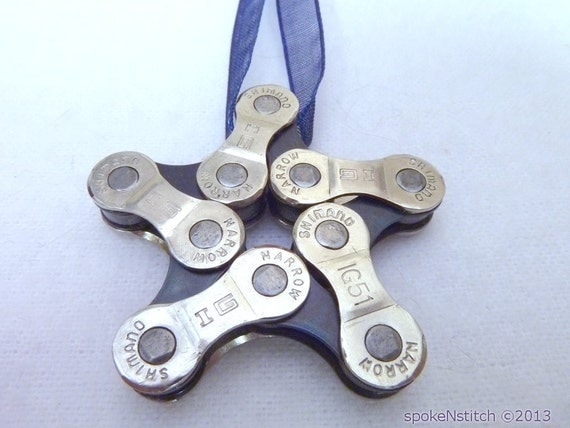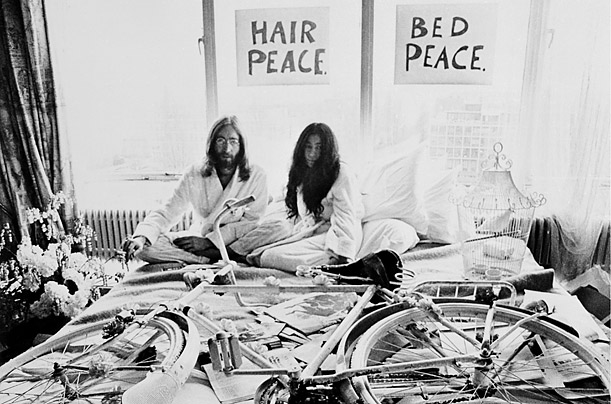OK, I won't be sarcastic. Or snarky. I'll even try to dispense with irony. (Actually, if you're trying, it isn't irony anyway.) I'll be appreciative, maybe even polite and respectful, too.
But, I must admit, I'm waiting for the other shoe to drop.
You see, something I never thought would happen in my lifetime came to pass. No, I'm not talking about $200-a-month apartments on the Upper East Side. Or a sale at Sotheby's. Or that Congress will pass legislation banning the production of any new movie with "Ocean's" in the title--or any sequel or remake. Or that gender theorists will stop using any form of the word "performative".
So what is this epochal event to which I'm referring?
The bicycle/pedestrian bridge from Randall's Island, a.k.a the Randall's Island Connector (catchy, isn't it?) to the Bronx has just opened. I used to joke that it's been under construction ever since the island (and the rest of North America) split off from Pangaea. All right, that's an exaggeration. But it did seem to take longer to build than Stonehenge or the Great Wall of China.
So, of course, I just had to cross it, just to be sure that I wasn't having a flashback from something I don't remember taking.
It spans the Bronx Kill between the island and 132nd Street, just a couple of blocks east of where the RFK Bridge bike/pedestrian lane enters the Bronx. What makes this new bridge better is that it's flat, lets pedestrians and cyclists off in a less-trafficked area than the RFK Bridge does and has much better sight lines.
Interestingly, it has a grade-level railroad crossing on the Bronx side. If the bridge is ever shut down for a passing train, it could take a while to open: The bridge enters, and the train tracks cut through, an industrial area and trains can be more than a 100 cars long. Just as interestingly, the bridge runs underneath an Amtrak trestle. The effect is enigmatic: like being in an open-air (at the sides) tunnel.
I wonder whether the RFK Bridge lane will be kept open. Even though it has a rather steep ramp with sharp turns and is rather squalid, it's better to have it as an option if, indeed, one has to wait an hour for a train to pass through the Bronx side of the new bridge. Plus, this is one bike lane that purely and simply makes sense, a trait not shared by many other bike and pedestrian lanes.
I know, I said I wouldn't be sarcastic. Or snarky. Oh, well. I tried.
But, I must admit, I'm waiting for the other shoe to drop.
You see, something I never thought would happen in my lifetime came to pass. No, I'm not talking about $200-a-month apartments on the Upper East Side. Or a sale at Sotheby's. Or that Congress will pass legislation banning the production of any new movie with "Ocean's" in the title--or any sequel or remake. Or that gender theorists will stop using any form of the word "performative".
So what is this epochal event to which I'm referring?
The bicycle/pedestrian bridge from Randall's Island, a.k.a the Randall's Island Connector (catchy, isn't it?) to the Bronx has just opened. I used to joke that it's been under construction ever since the island (and the rest of North America) split off from Pangaea. All right, that's an exaggeration. But it did seem to take longer to build than Stonehenge or the Great Wall of China.
So, of course, I just had to cross it, just to be sure that I wasn't having a flashback from something I don't remember taking.
It spans the Bronx Kill between the island and 132nd Street, just a couple of blocks east of where the RFK Bridge bike/pedestrian lane enters the Bronx. What makes this new bridge better is that it's flat, lets pedestrians and cyclists off in a less-trafficked area than the RFK Bridge does and has much better sight lines.
Interestingly, it has a grade-level railroad crossing on the Bronx side. If the bridge is ever shut down for a passing train, it could take a while to open: The bridge enters, and the train tracks cut through, an industrial area and trains can be more than a 100 cars long. Just as interestingly, the bridge runs underneath an Amtrak trestle. The effect is enigmatic: like being in an open-air (at the sides) tunnel.
I wonder whether the RFK Bridge lane will be kept open. Even though it has a rather steep ramp with sharp turns and is rather squalid, it's better to have it as an option if, indeed, one has to wait an hour for a train to pass through the Bronx side of the new bridge. Plus, this is one bike lane that purely and simply makes sense, a trait not shared by many other bike and pedestrian lanes.
I know, I said I wouldn't be sarcastic. Or snarky. Oh, well. I tried.






















